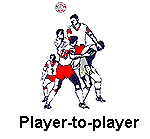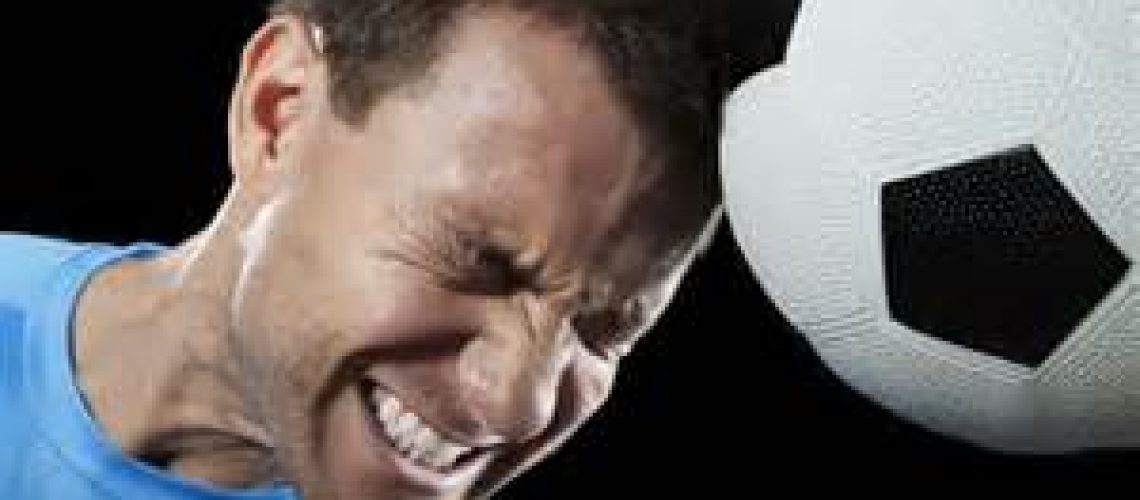Information from Scientific American and Neuroscience Journals
It has become clear that impact sports like football and boxing can cause long-term brain damage. Now soccer is coming under scrutiny. As research is amassed, it appears that excessively heading a soccer ball can injure a player’s brain. Professional players such as Brandi Chastain, a star of the 1999 FIFA Women’s World Cup, are using this year’s tournament to call attention to the brain injury problem. To learn about the latest science on soccer heading and brain injuries, Scientific American spoke to Robert Cantu, professor of neurosurgery at the Boston University School of Medicine and co-founder of the Sports Legacy Institute.
What’s the scientific evidence for whether heading a soccer ball can cause brain damage?
Our findings and the findings of other researchers show that heading a soccer ball can contribute to neurodegenerative problems, such as chronic traumatic encephalopathy. Researchers who’ve followed soccer players have seen a close relationship between the amount of heading that a player does and brain abnormalities. There’ve also been studies where researchers compared soccer players to swimmers, and swimmers’ brains look perfectly normal while the soccer players’ brains had abnormalities in their white matter fiber tracts. Nerve cells transmit their messages to other nerve cells by way of their fiber tracts, or axons, and if the brain is violently shaken enough, a person can have disruption of their fiber tracts.
What are the effects of these brain abnormalities?
Excessive shaking of the brain—excessive subconcussive and concussive trauma—can lead to cognitive symptoms, including memory problems as well as behavior and mood problems such as anxiety and depression. Other symptoms include trouble with sleep, light-headedness and headaches.
Do researchers see this brain damage later in life, once someone has stopped playing soccer?
We haven’t yet followed these abnormalities over years. Those studies are ongoing. Do those abnormalities clear up over time or do they not? We don’t know the answer yet. It’s probably some of both.
Is there a threshold of force below which a person can safely head a ball?
The science isn’t there yet. We don’t even have a threshold that predicts the linear and rotational accelerations needed to cause a concussion. The linear forces are measured in gravity, and we’ve measured hits in various sports as high as 150 g’s where people haven’t had concussions and we’ve had other individuals with hits as low as 50 to 60 g’s who’ve had concussions. The other kind of forces—the rotational or twisting forces—which are measured in radians per seconds squared, we also don’t know those forces needed to produce concussions.
We also don’t have a good handle on the threshold needed to produce subconcussive trauma, which are blows to the head that don’t produce symptoms but do produce structural changes observable in neuroimaging.
Why is it taking so long for researchers to understand the effects of concussive and subconcussive impacts on the brain?
It’s a very complex issue. You have biomechanical forces that can be measured, like the linear and rotational acceleration. But we’re dealing with a human, not an inert object in a laboratory. There are a lot of biological factors that influence whether that human being has a concussion: How many concussions that person has had before, how severe those concussions were and how close together they occurred. Other factors include: age—it’s easier to be concussed at an earlier age than at an adult age, and the recovery is slower; neck strength—if you see the hit coming and you have a strong neck, you significantly reduce your chance of a concussion; hydration status—if you’re dehydrated, you’re more likely to have a concussion; and sex—women are more easily concussed than men.
What’s your advice for soccer parents? Do you recommend an age cutoff for heading a soccer ball?
We recommend that youngsters under the age of 14 not head the ball in soccer, not play tackle football and not full-body check in ice hockey. Impacts to the head are more damaging under that age, due to a number of structural and metabolic reasons. The brains of youngsters are not as myelinated as adult brains. Myelin is the coating of the neuron fibers—kind of like coating on a telephone wire. It helps transmission of signals and it also gives neurons much greater strength, so young brains are more vulnerable.
Youngsters also have disproportionately big heads. By the age of five, their heads are about 90 percent of their adult circumference, but the neck has not nearly developed to that point. They have big heads on very weak necks and that bobblehead-doll effect means you don’t have to impact the head as hard to cause damage.
| Soccer: the most popular team sport in the world. Millions of people play the game and over a billion people watch the World Cup soccer championship. | ||
What a game! Where else do people use their heads to bounce balls going 100 kilometers/hour? |
Although soccer is a relatively safe sport, the game does involve contact. This contact can be:
|
 |
| As you might expect, most (50-80%) soccer injuries affect the feet and legs. However, the American Academy of Pediatrics concluded that the contact that occurs while playing soccer is at the same level as during boxing, football, ice hockey, lacrosse, rodeo and wrestling and field hockey.Head injuries account for between 4% and 22% of all soccer injuries. Can this contact cause brain damage? Let’s look at the data. | ||




